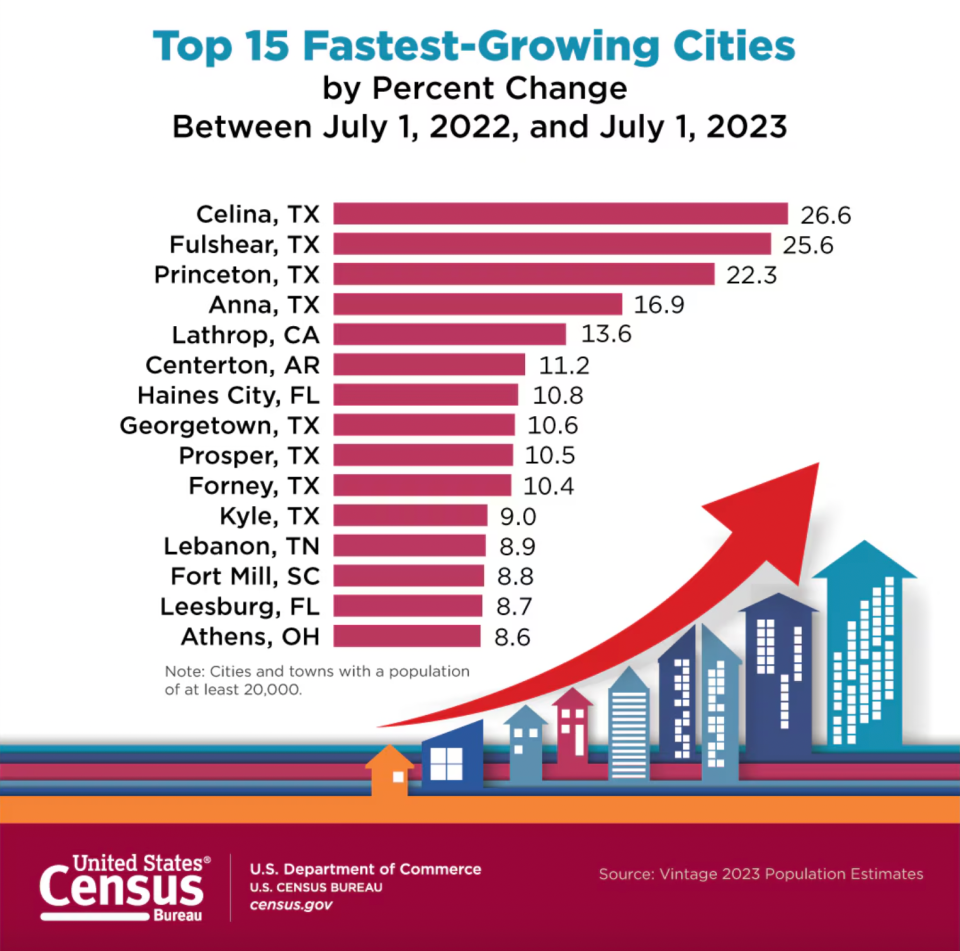It takes a lot for a bit of market history to surprise me. But when researching what ETFs allowed advisors to make money for their clients the last time inflation spiked, I admit I was surprised.
This work is critical for advisors following Wednesday’s troubling Consumer Price Index report. The monthly CPI release showed that inflation is not going away as quickly as we had hoped. At 3.5% over the past 12 months (and 3.8% excluding food and energy), the Wall Street chatter has gone from how many times the Fed will cut rates in 2024 to whether they will cut at all.
When I was an advisor, identifying and communicating possible “escape routes” from threats like an inflation resurgence made a difference. Still, with inflation, there’s simply not much to go on historically.
Until the year over year CPI started to accelerate around this time in 2021, some time had passed since advisors dealt with that type of retirement planning hurdle for clients. However, the days of assuming 2% inflation far into the future are over, at least for a while. And simply relying on what asset classes were good inflation fighters back in the 1970s, the last time we saw sustained price pressures like this, is futile. Markets are too different now.
Choosing the Best ETF Inflation Fighters
Like many in the investment advisory community, I like to try to solve problems. Investment decision-making problems, in particular. This is why ETFs are such a great companion in cases like this. Here’s what I did to try to answer the question, “what helped fight inflation the last time?”
The last time, as I see it, was the 12-month period from April 30, 2021, to that same date in 2022. So, the same time of year we now are in. I found that the 12-month CPI went from 4.16% (not very far from the latest data released this week) to 8.26%. So, inflation on a year-over-year basis doubled, or rose by more than 4%, if one prefers to look at it that way. Even if we don’t get that type of chaotic move, it seems a good idea for advisors to at least be prepared, just in case.
Turning to the most familiar investment types was not the answer. SPDR S&P 500 Trust (SPY) was up…by a whopping 0.04%! And the Invesco Equal Weight 0-30 Years Treasury ETF (GOVI), essentially a bond ladder in a single ticker, fell 9.6% including the income shareholders received. So, the answer was not simple here.
Which ETFs Did Well During the Last Inflation Scare?
While traditional stocks and bonds did not do well during that prior period, commodities did. That’s not a huge surprise, since inflation is synonymous with commodity price increases So commodity ETFs did well, including the $5 billion Invesco Optimum Yield Diversified Commodity Strategy No K1 ETF (PDBC), which has the added perk of skipping the K-1 tax form that comes with most commodity ETFs. Perhaps that helps make up for the length of the fund’s name! Inflation doubled during that period, but PDBC jumped too, up 54% from April-end 2021 to April-end 2022.
I was frankly a bit surprised that high dividend stocks did as well as they did during that period of mediocrity for SPY. The 10% rise in the SPDR Portfolio S&P 500 High Dividend ETF (SPYD), which owns the 80 stocks within the S&P 500 index carrying the highest dividend yields, was one of several equity ETFs that produced high single digit to low double digit returns back then. It is rare that SPYD outperforms SPY, at least over the past decade, and doing so by such a wide margin during this period stood out.
This was also one of the better showcase periods for covered call ETFs, such as the Global X S&P 500 Covered Call ETF (XYLD), which posted a 7.7% return during that 12-month time frame.
And such a discussion of inflation-fighting ETFs would not be complete without stating the obvious: higher inflation typically produces rising interest rates. That leads to lower bond prices. And that makes funds like the ProShares Short 7-10 Year Treasury ETF (TBX) intriguing since it literally bets against interest rates. It rose 7.8% over that April-to-April period.
Inflation? No Problem!
This exercise has a clear message for advisors: inflation is not a problem for you. You only make it a problem if you resort to the classic, “hang in there” approach to communicating with clients. Because if they in their late 50s or older, they may not have been investors through the vicious inflation of the 1970s, but they remember the odd-even system at gas stations, when fuel was scarce and expensive.
This time around, food and other items are part of a potential second act for the CPI. And with a wide range of ETF choices to position portfolios for a potential extension of the type of data we saw this week, it is simply a matter of doing the homework and being ready for whatever may come.
Permalink | © Copyright 2024 etf.com. All rights reserved
Signup bonus from





